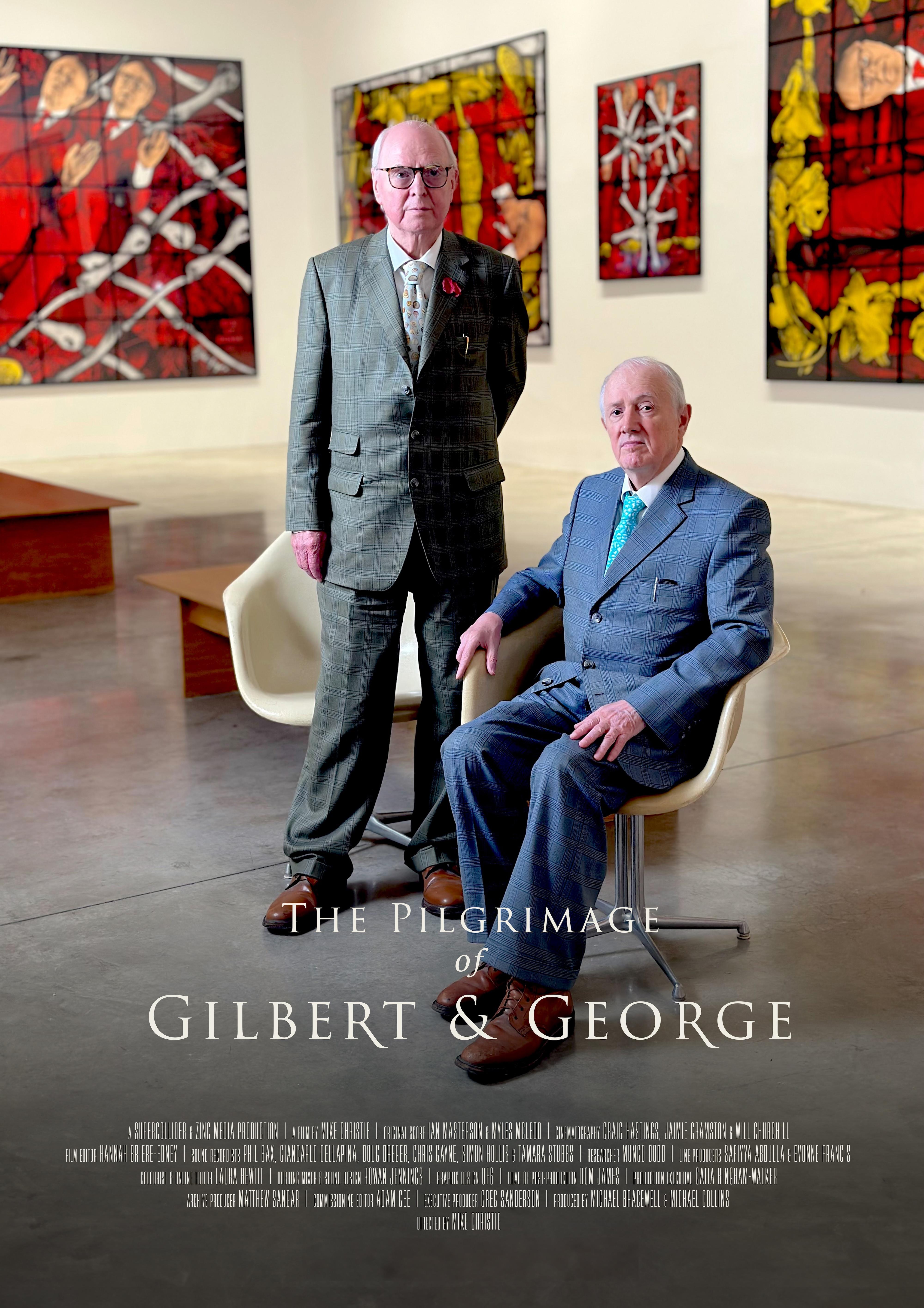Manage classical music on iTunes? Apple thinks you can…
mainMost of us know that downloading classical works from iTunes is a hopeless pursuit. The system breaks everything into ‘tracks’, making it impossible to hear a symphony undisturbed and in the intended movement order.
Macworld has just published a few tips on making classics more accessible on iTunes. You may find it helpful.
Click here.






Comments